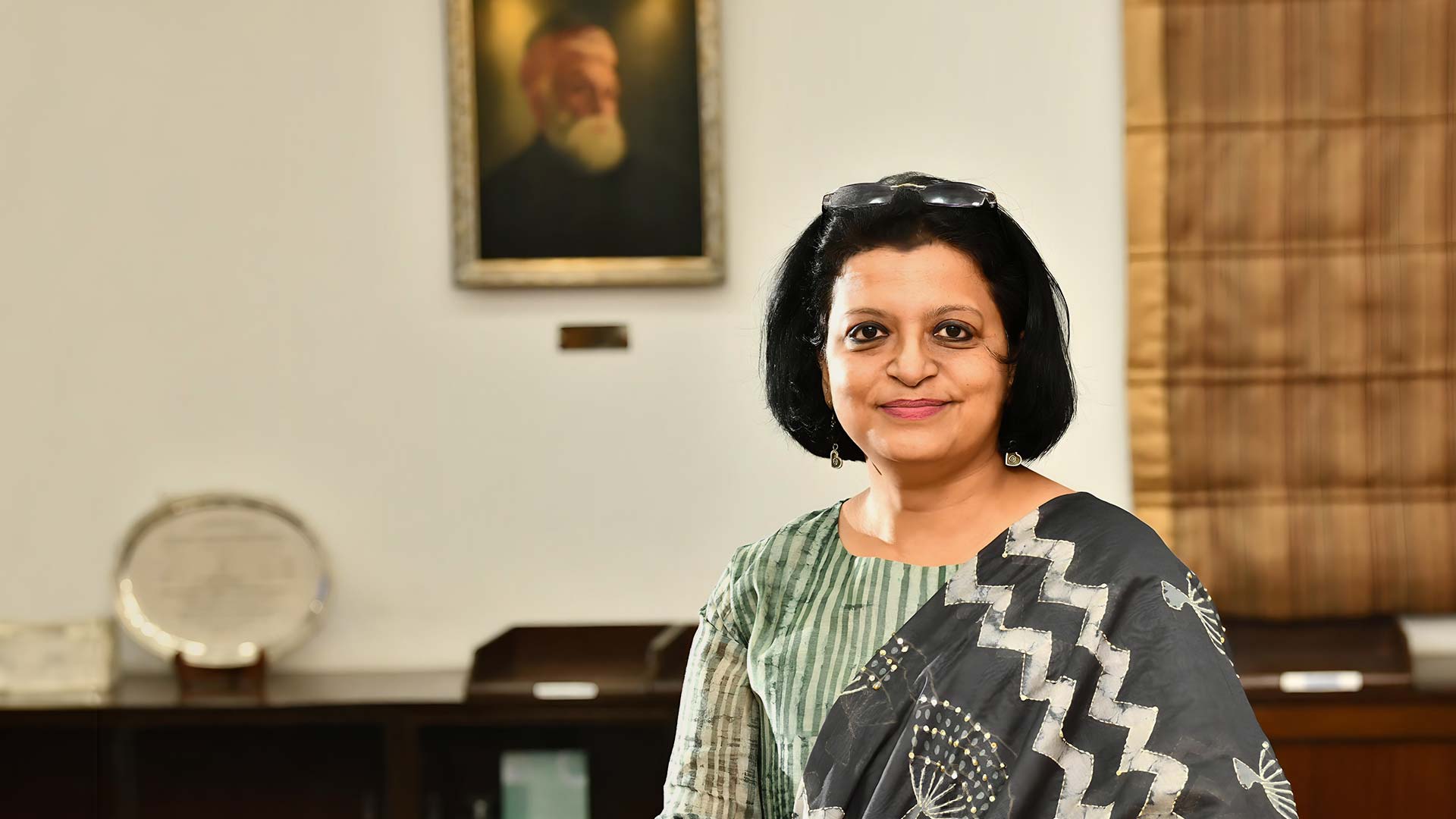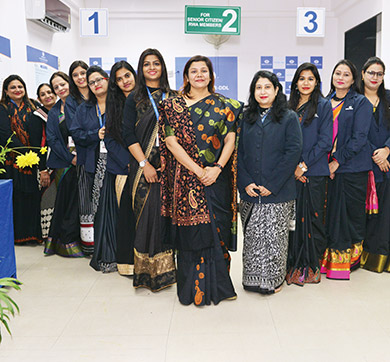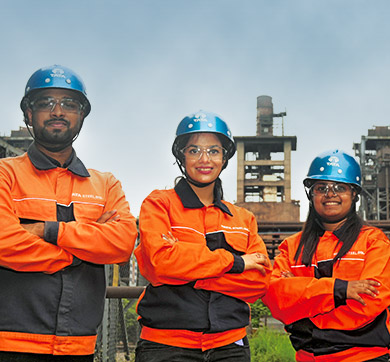December 2023 | 1721 words | 6-minute read
How does an organisation with interests in industries as varied as manufacturing, mining and engineering, and projects, operating in remote locations across India and the world, and with a workforce that covers the spectrum from on-roll and white-collar to migrant labour, emerge as a benchmark for diversity and inclusion? For Tata Steel — which has a 115-year legacy of pioneering employee welfare practices — it is a company-wide conscious effort to shape a people-first culture that has given it a competitive edge.
The company was recently recognised as a Global Diversity Equity and Inclusion (DEI) Lighthouse 2023 by the World Economic Forum (WEF) for developing and nurturing a diverse workforce — despite the challenges of the sector — through a slew of impact-driven systemic initiatives. The WEF report commended Tata Steel’s leadership for identifying DEI as a central pillar of its culture and pivotal to achieving its goal of having a future-ready and pioneering workforce.
Atrayee Sanyal, Vice President, Human Resource Management, Tata Steel, has been at the centre of the company’s diversity and inclusion (D&I) initiatives since 2017. She provides an insight into the company’s D&I thrust and how it will grow to remain an employer of choice.
Excerpts from an interview:
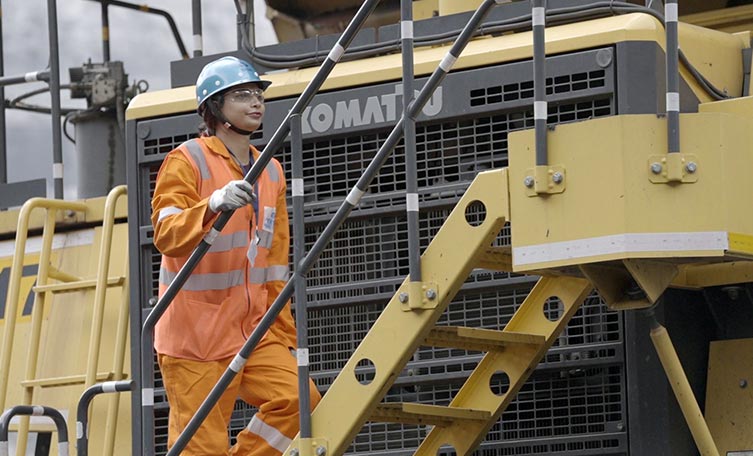
What does the DEI Lighthouse recognition mean for the company?
The WEF narrowed down a list of companies they thought were doing cutting-edge work in diversity. It was never something we applied for, but it was our approach and the framework in which we worked that got their attention.
The significance of the award lies in understanding the context of Tata Steel. We are a manufacturing, mining and engineering, and projects company. These are three different industries with their own nuances. Our locations are remote and spread out. And we recruit three types of employees: white-collar, blue-collar, and the contract workforce, that largely constitutes migrant labour. That is just in India. Globally, we have offices and manufacturing units in Europe, Canada and Southeast Asia. So, diversity is a challenge that has to be approached in a manner that all our people can comprehend.
For us, diversity also goes beyond gender. Our focus areas in terms of diversity are women, the LGBTQ+ segment, people with disabilities, and ethnic communities. We operate in locations that are typically forest areas, constituting of tribal land owned by groups originally from the area. Thus, ethnicity forms a large part of our diversity targets.
Tata Steel’s D&I push started in 2015. Could you elaborate on some of the key efforts since then?
In 2015, we decided to analyse best practices from around the world. The first learning was that before setting targets we should build an enabling infrastructure so that people from diverse groups would find it easy to work in a company like ours.
Several retention-based policies that you see now — like work from home or any location, second career options, special parental leave for biological or adopted children, childcare leave, provisions for travelling with your child and his/her caretaker for business, sabbatical leave, menstrual leave in addition to sick leave — came very early, in 2017-18.

The recruitment-based policies were even more interesting. We ensured that we had enough people at the grassroot level to enable diverse recruitment. To attract women employees, we launched Women of Mettle, so we could catch them young in engineering colleges, through projects, competitions and early pre-placement interviews. We had focused drives for women at mines and typically male-dominated jobs like operating heavy earth-moving machinery. The Tejaswini programme brought women into production areas after extensive training.
We very often recruited in groups because the likelihood of retention goes up. For instance, when we hired transgender people, we brought in hundreds together after they passed a test and underwent a rigorous training programme.
We’ve also done pointed and focused recruitment for tribal and ethnic communities living around the locations we operate. For instance, we found that tribal children, especially girls, dropped out of school early. We collaborated with our CSR partners to ensure students in the 8th to 10th standards do not drop off, and that in their 10th year they begin training for trade apprentice tests that we conduct. We have started coaching more than 800 students, especially girls, across villages in Jharkhand in this manner and recruited them regularly from this pool.
D&I journey so far
2015: Creates MOSAIC network to achieve D&I objectives
2017: Introduces Women of Mettle, a scholarship programme for young women
2018: Becomes the first company in the large-scale segment to introduce menstrual leave; introduces Take Two policy to provide a second career option to women; launches gender neutral adoption assistance
2019: Becomes first company to provide equal benefits like adoption leave, newborn parent leave, and childcare leave, over and above medical coverage for LGBTQ+ partners; becomes first company to provide coverage for gender reassignment surgery and hormone replacement therapy for transgender employees; launches Women @ Mines and B-shift deployment of women
2020: Launches Tejaswini 2.0 — 38 women deployed as heavy machinery operators at mines
2021: Becomes first Indian company to hire transgender people in core mining operations, with 100+ hired
2022 – 2023: Launches and expands QUEERious, India’s first LGBTQ+-only college competition with opportunities for employment
What role have individual employees and unions played in strengthening diversity?
The beauty of this organisation is that anything we do; we take our union along — that is the first culture-changing step. This is because we can make policies and recruit diverse people, but ultimately, they have to work on the ground with everyone else in remote locations. We have communities that live together, our own housing societies and schools, and captive hospitals. It is crucial that the community is sensitised.
For instance, when we hired our first group of transgenders, we spoke to union leaders to assure them that we were recruiting only employee wards in certain raw material locations, and they told us to go ahead even if it’s not employee wards. That is the kind of language you want — from “no one is stopping them from working here”, to “I will actively improve the numbers in my group and they will be accepted within my team”.
This was possible because they were sensitised early on through diversity programmes and seminars before we even started talking about hiring transgenders. Sensitisation programmes covered everything from how not to be affected by how people look, to how medical examinations can be conducted in our captive hospitals, the use of toilets and changing rooms, and how to have hormone treatment included if insurance doesn’t cover it.
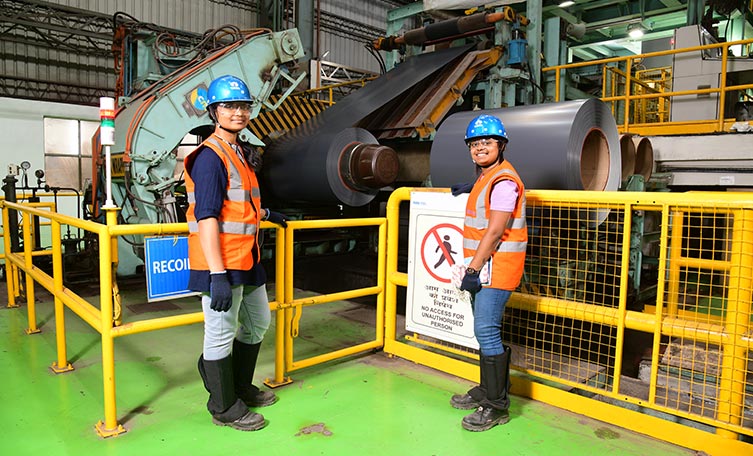
What are the primary challenges you face in attracting and retaining diverse talent?
The internal challenge is having to operate from very remote locations. It’s also a challenge to get talent itself, and more so diverse talent, which is prepared to move to mining and projects locations.
The second challenge, which is external, is that many of the states don’t permit women to operate in all three shifts. That is restrictive because you can’t have women in two shifts, with men always taking the night shift. Wherever we are allowed, we have ensured that women work any of the three shifts, like in the eastern part of the country, in our mines, as per the rules of the The Mines Act.
There is also a mindset challenge that has to be handled from top to bottom — from the CEO sponsoring diversity from the top, to union leaders championing it and finally employees on the ground and on the shopfloor understanding that the fabric of the workforce is changing. Our policies have helped open up and change the language within the company. Our leadership has been extremely accountable and motivated in this journey.
What is your strategy to draw in and recruit the next generation of Tata Steel employees?
This is where our data and attrition analysis help us. Functions that are industry agnostic like HR, finance or accounts, have candidates that are particular about location. But a candidate in mining and operations — like someone who has studied metallurgy or is a first-class mining engineer — has made a conscious choice regarding their profession. For them, Tata Steel is really their employer of choice.
And as an employer of choice, it is our intention to make life comfortable for them — whether it is in terms of taking care of them monetarily, providing suitable accommodation, access to schools or hospitals, or allowing them to maintain dual accommodation in a city of choice, wherein they come to work for five days and then go back home for the weekend. These policies are available to help us retain talent.
How is the company progressing with its ‘25 by 25’ goal, and how will it evolve in the future?
We are at an 18% level of diversity right now, so we’re confident we’ll be able to touch 25% by 2025 through focused recruitment drives. We are hoping that the government will open up the laws in terms of three-shift working, that some of the areas that are a little less sensitised within the company will take it upon themselves to recruit more, and that we don’t, at any point, have a leaky bucket — ie, women don’t leave and that tribal communities continue to work with us.

“From the CEO sponsoring diversity from the top, to union leaders championing it and finally employees on the ground and on the shopfloor understanding that the fabric of the workforce is changing. Our policies have helped open up and change the language within the company.”
However, when we get to 25%, that will only be half our journey. Firstly, the numbers need to move much more. Secondly, we have a lot of work to do on disability, both culturally and systemically. We are not ready for people with disability — like orthopaedic disability or colour blindness — because of the restrictions due to safety in mines and plants.
So, the larger vision is to see changes in the country’s laws. Tata Steel has always influenced the government to think differently in terms of how they craft these laws, and we expect to keep doing so.
—Anuradha Anupkumar
